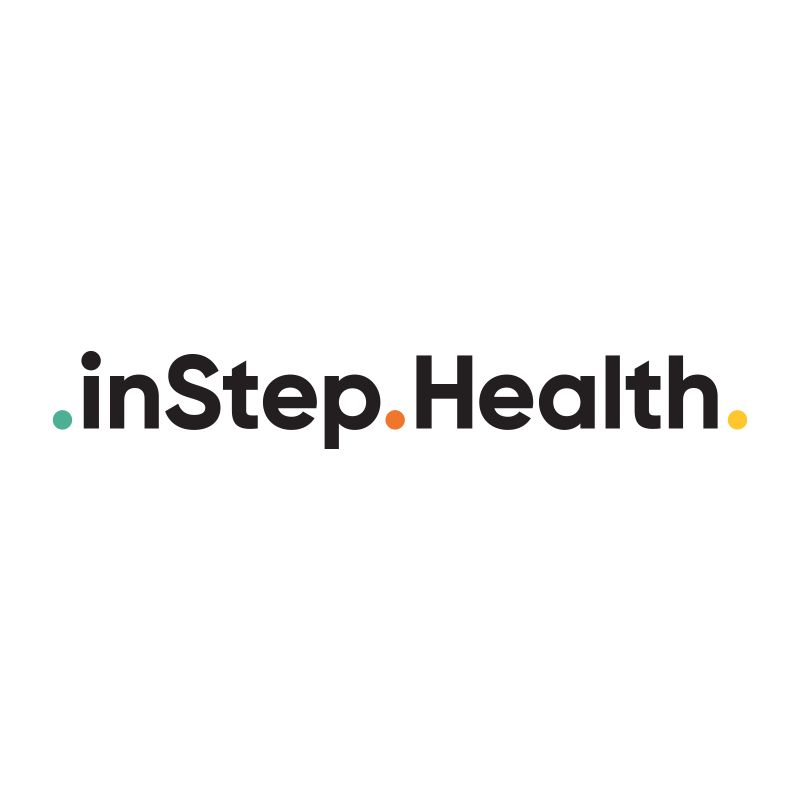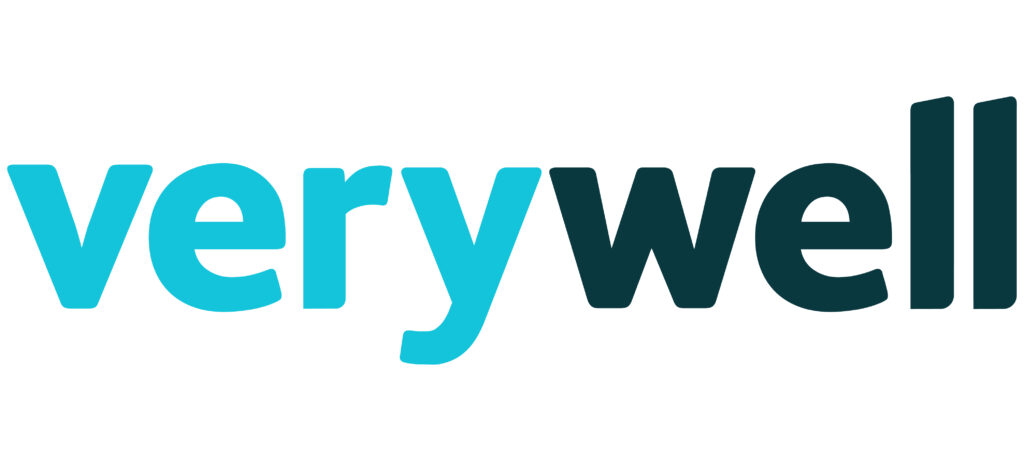Welcome to the cookieless era, pharmaceutical marketers! The digital landscape is changing, and it’s time to adapt. With the phasing out of third-party cookies, we are entering a new age of direct-to-consumer advertising. This shift presents both challenges and opportunities for pharmaceutical marketers. Let’s explore how to navigate this change successfully.
Understanding the Cookieless Landscape
Why are cookies becoming a thing of the past? Privacy concerns and user consent are driving this change. As third-party cookies crumble, marketers must find new ways to gather insights and engage consumers.
Innovative Data Collection Strategies
How can we collect data without cookies? It’s all about first-party data. This means direct interactions with your audience. Think surveys, newsletters, and loyalty programs. These methods provide valuable insights while respecting user privacy.
Creating Personalized Experiences
How do we personalize without cookies? It’s time to get creative! Use the data you have to tailor content and offers. Remember, relevance is key to engagement.
Leveraging New Technologies
What technologies can aid this transition? Artificial intelligence and machine learning are game-changers. They can analyze large datasets and predict consumer behavior. This tech makes targeted marketing possible, even without cookies.
Building Strong Customer Relationships
How do we build trust? Transparency and communication are crucial. Be clear about how you use data. Build a brand that consumers can trust.
Adapting to Regulatory Changes
How do we stay compliant? Keep up with changing regulations. This ensures your marketing strategies are both effective and lawful.
The cookieless future is not just a challenge; it’s an opportunity. It’s a chance to innovate, build trust, and create more meaningful consumer connections. As pharmaceutical marketers, you can lead this change. Embrace it, and you will thrive!













